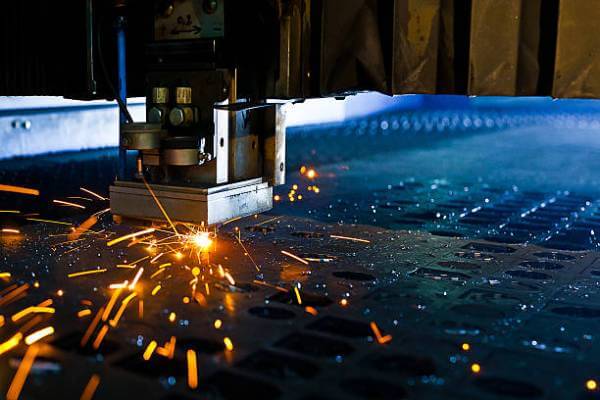
While subtractive and additive manufacturing can produce similar results, the production steps and overall processes are different. Below we’ll explore the key differences between the two manufacturing processes under the following headings —— Subtractive vs Additive Manufacturing
Both subtractive and additive manufacturing processes are suitable for achieving simple and complex design details. Regardless of design complexity and geometry, both processes are suitable for your production. Just make sure you choose the most appropriate process for your part between the different subtractive and additive manufacturing processes. However, subtractive manufacturing processes are better for simple designs and are easier to use. Similarly, AM processes may be better for complex designs, especially for small batches, but subtractive manufacturing processes are better for large batches.
Similarly, both processes are suitable for producing parts with high precision and dimensional accuracy. However, subtractive processes are better suited to achieving tight tolerances, extreme precision and accuracy specifications. In fact, after 3D printing certain parts, machining can be used as a post-processing option to improve part tolerances.
Regarding the comparison between subtractive and additive manufacturing, both technologies are compatible with a wide range of materials. However, subtractive manufacturing processes have an advantage because a wide range of materials (thermoplastics, thermosets, resins, metals, alloys, composites, glass, wood, ceramics, etc.) are suitable for processing operations. In contrast, the material selection for additive manufacturing is usually limited to plastic polymers and their derivatives. However, they are also suitable for manufacturing ceramics, metals, and biochemical parts.
Secondary operations such as surface finishing are another key factor to consider when comparing subtractive manufacturing to additive manufacturing. Generally speaking, rapid prototyping processes often require surface finishing due to the peculiarities of the manufacturing process. There is often a residue on the layers of the manufactured part – powder residue and visible deposits. Therefore, these surfaces need to be cured, cleaned or polished to improve their appearance. On the other hand, subtractive processes such as machining can produce parts with smooth surfaces. In fact, manufacturers sometimes use these parts as finished products without the need for secondary operations.
In terms of production cycle, subtractive manufacturing takes longer than rapid prototyping, especially for single pieces and small-scale manufacturing. Rapid prototyping or 3D printing is an ideal method for rapid prototyping because it can quickly manufacture parts. However, for large-scale production, the factors that extend the production cycle time of subtractive manufacturing are almost negligible. In machining, for example, the machine processes the parts at the same time (batch processing). Therefore, the time for machine setup, tool change and other parameters is the same, which increases the production time. In the case of 3D printing, however, each part is manufactured individually layer by layer – which makes subtractive manufacturing more suitable for large-scale production.
Subtractive manufacturing involves removing components of a workpiece to create a part of the desired shape. Therefore, waste is almost inevitable. Additive manufacturing, on the other hand, involves building a part from powdered material in layers until the desired size and shape is achieved. Therefore, there is almost no material waste in the process.
When we discussed the manufacturing cycle, we have already established that subtractive manufacturing processes are more reliable for bulk volume production. However, additive manufacturing benefits low to medium-volume fabrication.
Both subtractive and additive manufacturing are suitable for customizing parts. However, additive manufacturing is a better option because it can build parts layer by layer. However, depending on the subtractive process used in part manufacturing, there may be some limitations on the cutting tools, limiting the customization potential of the process.
Are you looking for a reputable partner for your parts fabrication and machining projects? Look no further. At PROTO MFG, we specialize in CNC machining and related technologies, including sheet metal fabrication, rapid prototyping, etc. Whether it is a project with a simple design or parts with complex geometries, do not hesitate to contact us today!